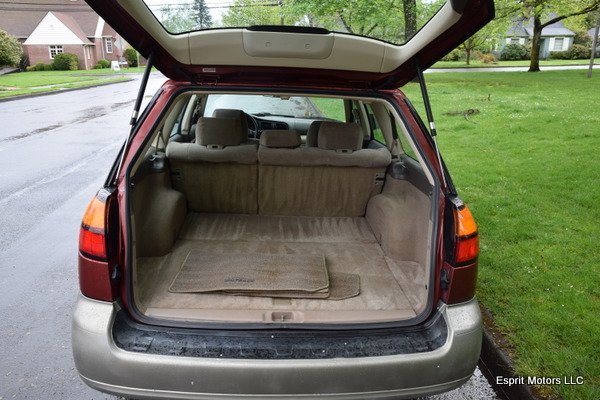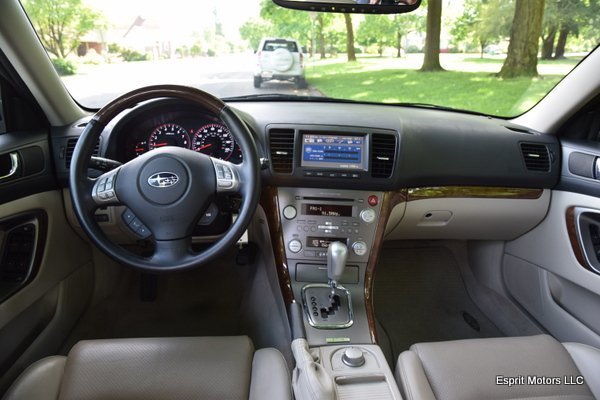After all the work of finding a car that fits your needs in your price range, setting up an appointment to see the car, and looking over the interior and exterior for any damage or issues, the next step is to take the car for a test drive.

A test drive can reveal several things to you about the car.
First, a test drive should give you a good idea of whether or not the car is in solid mechanical condition. Does it run well when you start up the car? Does the car drive well? Do all of the mechanical systems work, or are their warning lights on the dashboard?
Second, is the car in the same condition in which it was depicted in the advertisement? If there is a known issue with the vehicle or if a part was recently repaired or replaced, is it currently working as it should?
With these two goals in mind, you can decide whether this car is the right car for your needs and expectations.
Preparing to check out the car
When scheduling a time to test drive a car, consider the time of day that you will be inspecting and driving the vehicle. An ideal time to schedule a test drive is around lunchtime.
There are fewer cars on the highway you will want to drive the vehicle both at around-town speeds and at highway speeds. If there is a lot of traffic (such as during rush hour), this could make it challenging.

If your best option is to test drive the car in the evening, consider how you will see the interior and exterior of the vehicle if it is dark outside.
Are you comfortable driving an unfamiliar car in the dark? In Portland, during the fall and winter, it gets dark early. Often we will ask our customers if they would like to start the test drive at our office but then drive to a well-lit nearby parking lot (like a supermarket or big box store) to be able to look at the car once more with better lighting.
Items to bring on a test drive
Here is a shortlist of items that we have found helpful when taking a car for a test drive:
- Your drivers’ license and insurance card. We ask our customers to show both their license and proof of insurance before taking a car for a test drive. We also need both of these documents to complete a “test drive agreement.” The agreement clarifies that if you get into an accident or damage the car during the test drive, your insurance will be on the hook for damages.
- A printed copy of the ad either from Craigslist, the dealer’s website, or from another online source. This makes it easier for you to compare the description of the car in the ad to the one you are checking out.
- A list of things that you would like to check out on the car. This list can include questions that haven’t yet been answered when you called to learn more about the vehicle, items in the CarFax, or just general questions about the car.
- Cash for a deposit, if you think there is a chance that you will decide to buy the car. When a customer tells us after a test drive that they would like to purchase the vehicle, we take a cash deposit and sign an agreement with the customer to hold the car for several days. The customer has some time to arrange financing and pick up a cashier’s check for the remaining amount owed. Once a deposit is taken, and a purchase agreement is signed, we will not sell the car to another customer during the agreed-upon three to four days.
Bring a friend along for the test drive
Several of our customers have brought a friend or family member with them for a test drive. Having an extra set of eyes and ears can help — one person can be inspecting the interior of the car while the other person is driving.
A friend will also likely be more impartial and less likely to get excited about the purchase and more likely to spot small flaws that might turn into big problems.
We also encourage customers to schedule a mobile mechanic to join them on the test drive if they would like to have a pre-purchase inspection done at the same time that they check out the car themselves.
During the test drive
After starting the car, leave it in park, get out, walk around the car and listen for any odd noises. Open the hood, again listen for any strange noises, and ask questions of the dealer or the car owner.
If parts were recently replaced or repaired, ask for them to be pointed out. If something is making a noise, ask about it now and note it so that you can look it up or ask your mechanic about it later.

Inside the car, test all of the electrical systems such as power windows, door locks, power seats, sunroofs, etc. In older cars, it is not uncommon for the sunroof to stop working or for the drivers’ window switch to stop working. Heated seats can also burn out from excessive use.
These are issues that you want to identify now before you have purchased the car!
The all important dashboard warning light
Also, check for warning lights on the dashboard. The three critical lights to look for are:
- ABS (Anti-lock breaks);
- SRS (Supplemental restraint system, or airbags, and
- the (dreaded!) Check Engine Light.
All of the warning lights should come on initially to test the bulbs when the ignition is switched on, but before you start the car.
On Subarus, the ABS light should go off as soon as you start the car unless there is a problem. If there is a problem, then the light will stay on.
For the SRS or airbag light, the computer will run a system of tests for the first few seconds when the ignition is on. After about six seconds, the light should shut off. If it doesn’t shut off, then there is an issue with the airbags, seatbelts, or other parts of the restraint system.
The check engine light should also go out as soon as the car is started as long as there are no current fault codes stored in the computer. If there is a current fault, the check engine light (also knowns as the MIL or Malfunction Indicator Light) will stay on.
Pay attention to dashboard warning lights
Unfortunately, the check engine light can be turned off by a dealer or car owner by unplugging the battery to “clear out the fault codes.” Some codes will make the light come back on immediately.
One example is if an important engine sensor is unplugged, the computer will recognize this and set the check engine light again. However, other codes will not come back on immediately because the car needs to re-run these tests, and then it will show the light.
Although this sounds like a recipe for disaster, it serves a good point. The major tests for components like the oxygen sensors, catalytic converter, and evaporative emissions system will only run while the car is driving and generally at around 55 MPH.
It takes two failures of this test for the “check engine” light to go on. Conversely, once the problem is fixed, it takes two successful trips to turn off the light.
Protect yourself by asking for a DEQ certificate
However, if you buy a car from a private seller, or a curbstoner (an individual who is acting as a dealer without a license) it is possible that they can reset the check engine light knowing that it will not come back on until a few days after you get the car home.
If you are buying from a private party, ask for a smog or DEQ certificate (in Oregon) and make sure that all the tests have run or read “ready.”
Getting back to the test drive, listen for any strange noises while you are driving (leave the radio off so that you can hear!) and check out how the car steers, drives, and shifts.
Note any issues so that you can ask questions when you are parked or pull over to make sure that your questions are addressed immediately if it seems like there is a significant issue with the car.
Next steps
Compare your thoughts during the test drive, your notes before the test drive, and the advertisement of the car (that you brought with you).
Ask any final questions that you have and make sure that you feel comfortable about the price of the car and the car’s current condition. Bear in mind that it is common for any used car to have a few minor problems.
The question is whether or not the price is right for the condition of the vehicle and whether or not you are comfortable with its current condition.
Still thinking about it? That’s OK.
If you still are not sure about the car, talk to the dealer or car seller and voice your concerns. Write your questions down, do some internet research at home, and make sure that you have all of the information that you need before you make a decision.
Once you have looked at a few cars of the same make, model, and years, you will have a better sense as to which used car issues you might be able to live with and which ones are dealbreakers for you.
Either way, you will be more informed and be able to ask the right questions when you go for your next test drive!